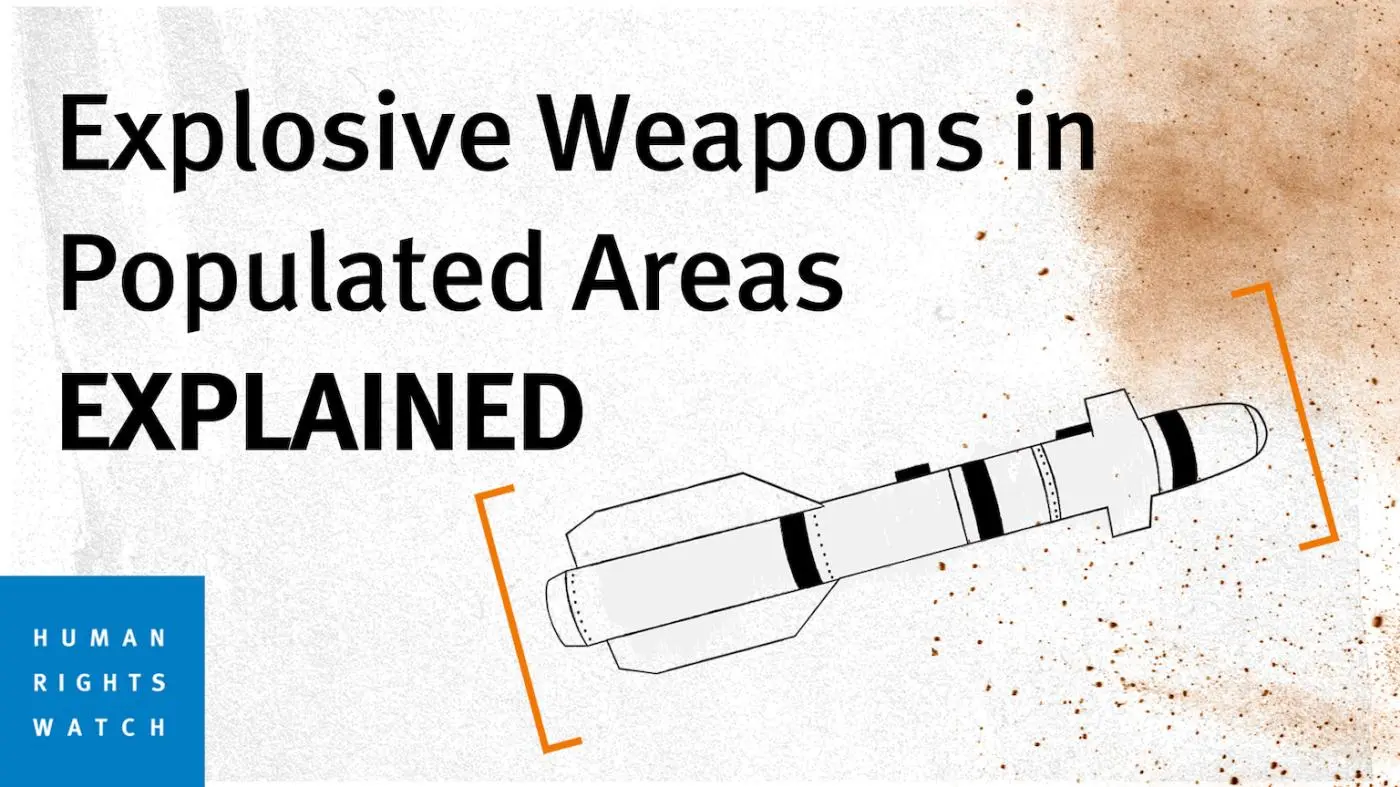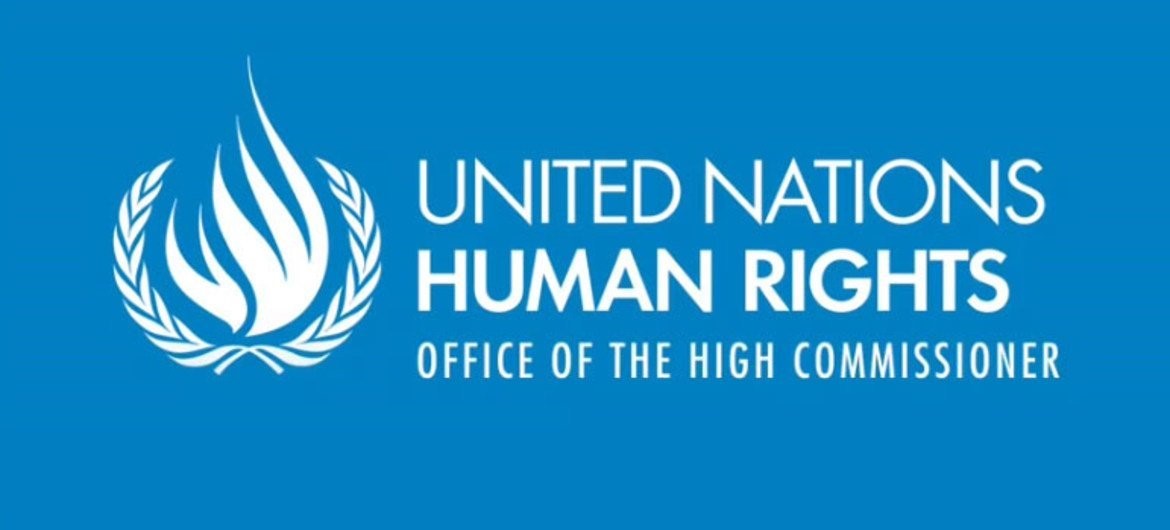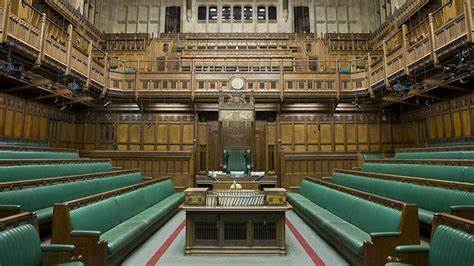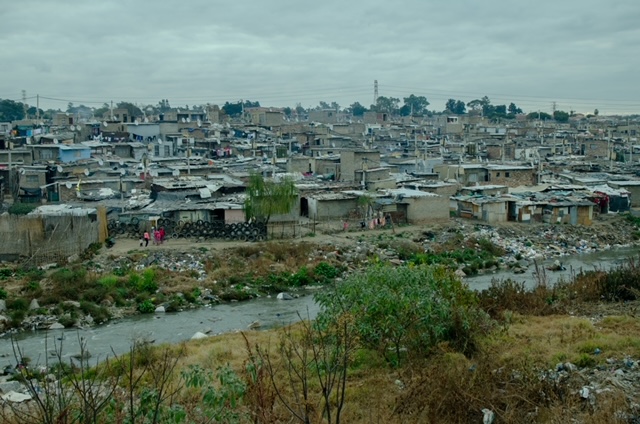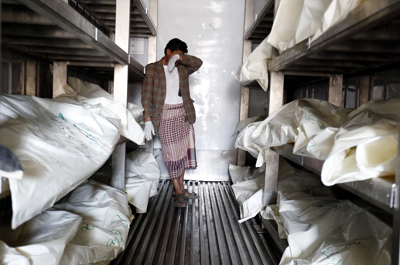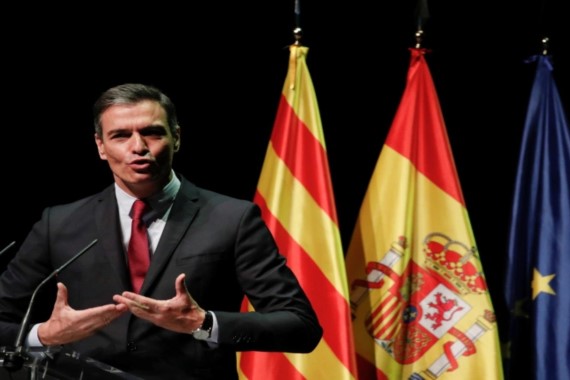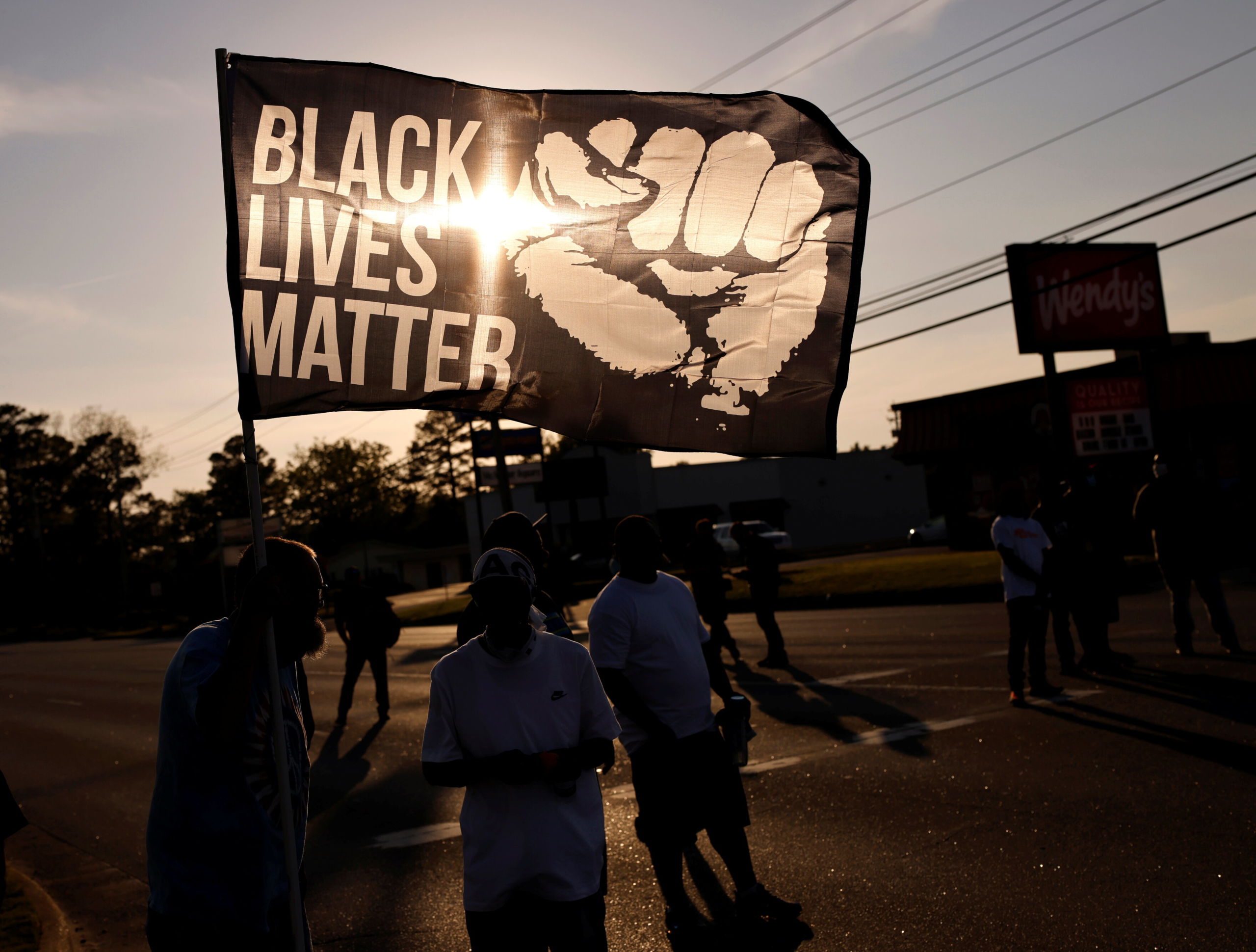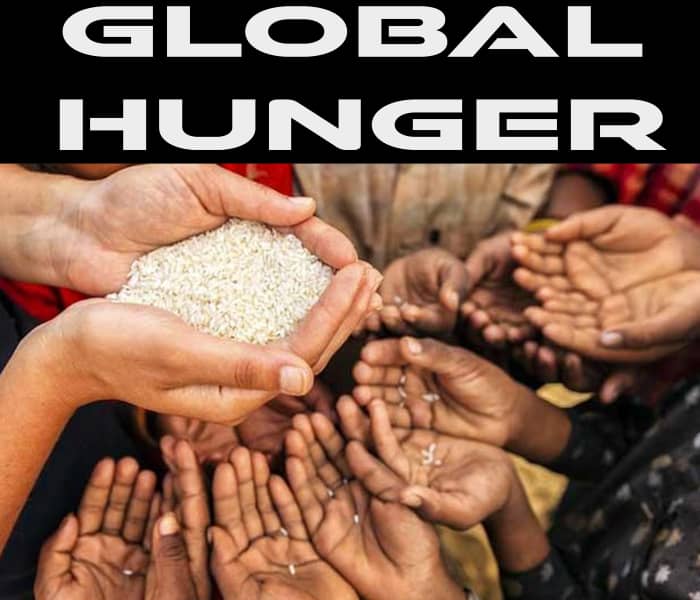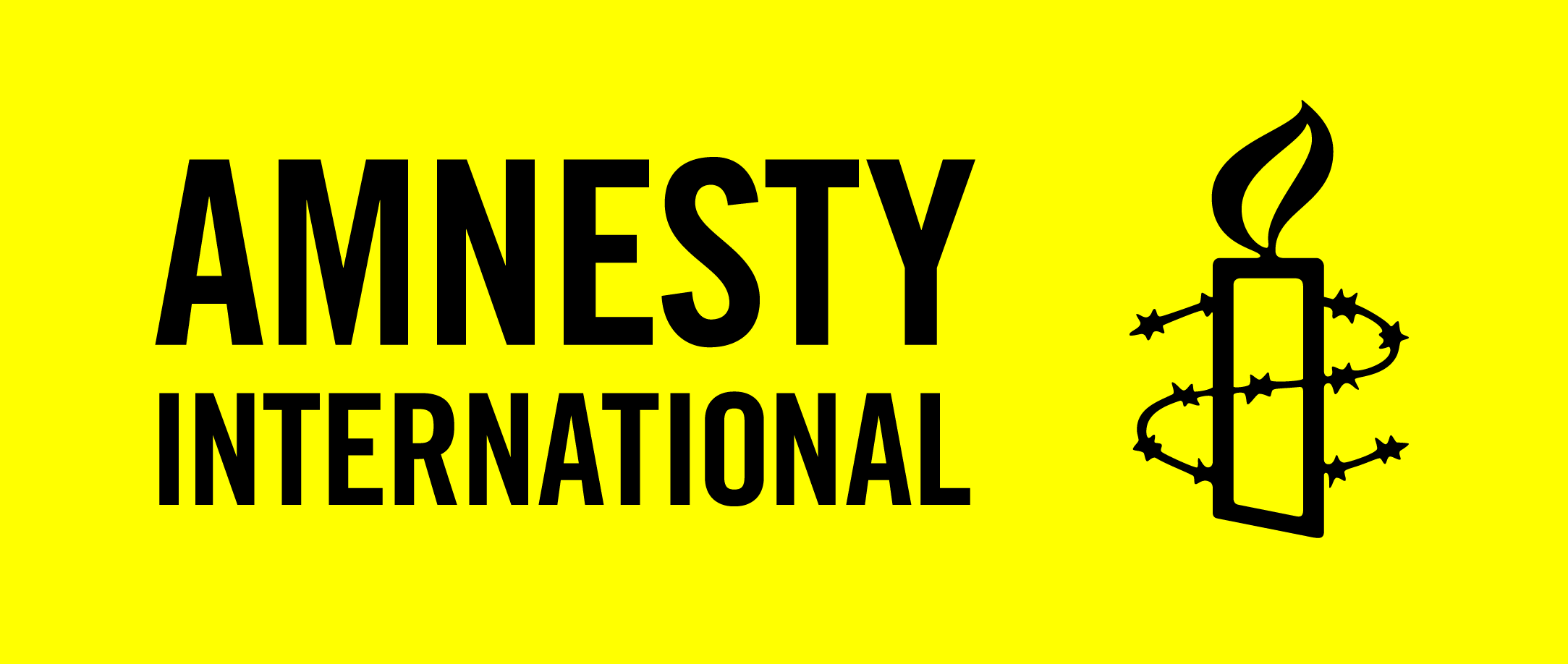Environment/CO2. keeps mounting even with industrial lock-down
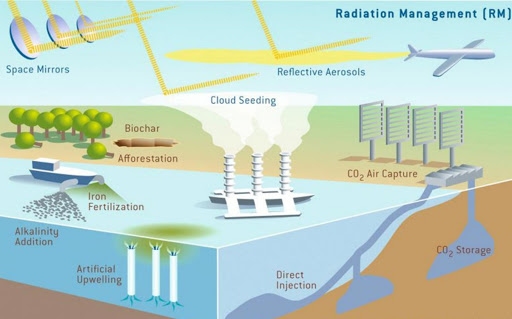
The United Nations agency said measures to curb the spread of the pandemic had indeed cut emissions of many pollutants and greenhouse gases, such as carbon dioxide.
But it warned the industrial slowdown due to the coronavirus crisis had not curbed record concentrations of the greenhouse gases that are trapping heat in the atmosphere, raising temperatures, causing sea levels to rise, and driving more extreme weather.
The WMO said the change in carbon dioxide concentrations – the result of cumulative past and current emissions – is, in fact, no bigger than the normal year-to-year fluctuations in the carbon cycle and in the amount of carbon being soaked up by vegetation and oceans.
It said preliminary estimates indicate a reduction in annual global emissions of between 4.2 percent and 7.5 percent – a “tiny blip”, according to the WMO, with no bigger effect on global warming than the expected annual fluctuation.
“An emissions reduction on this scale will not cause atmospheric CO2 to go down. CO2 will continue to go up, though at a slightly reduced pace,” the WMO said.
‘It’s getting worse’
In a video shared on social media, Patricia Espinosa, the UN’s climate change executive secretary, said” “COVID-19 hasn’t put climate change on hold.
“It’s getting worse and our window of opportunities is closing,” she added.
The annual report released by the Geneva-based agency measures the atmospheric concentration of the main gases – carbon dioxide, methane and nitrous oxide – that are warming Earth and triggering extreme weather events.
Levels of carbon dioxide, a product of burning fossil fuels, reached a new record of 410.5 parts per million (ppm) in 2019, it said.
The annual increase is larger than the previous year and beats the average of the past decade.
“Such a rate of increase has never been seen in the history of our records,” WMO Secretary-General Petteri Taalas said, referring to a rise of 10 ppm since 2015, calling for a “sustained flattening of the [emissions] curve”.
WMO’s head of atmospheric environment research Oksana Tarasova said the magnitude of the increase in carbon dioxide levels during the past four years was comparable to changes seen during the shift from an ice age to more temperate periods but, back then, the transition happened over a much longer timeframe.
“We humans did it without anything, just with our emissions, and we did it within four years.”
Methane and nitrous oxide levels
The second-most prevalent greenhouse gas in the atmosphere is methane, emitted in part from cattle and fermentation from rice paddies, which is responsible for about 16 percent of warming.
In 2019, methane levels were at 260 percent of pre-industrial levels, at 1,877 parts per billion (ppb), with the rise from 2018 slightly lower than the previous annual increase, but still higher than the 10-year average, WMO said.
Concentrations of nitrous oxide, the third major greenhouse which is gas caused largely by agricultural fertilisers, meanwhile stood at 332 ppb last year, or 123 percent over pre-industrial levels.
Its rise from 2018 to 2019 was also lower than the observed from 2017 to 2018 but on par with the average annual growth rate for the past decade.
- Most Viewed
- Most Popular



